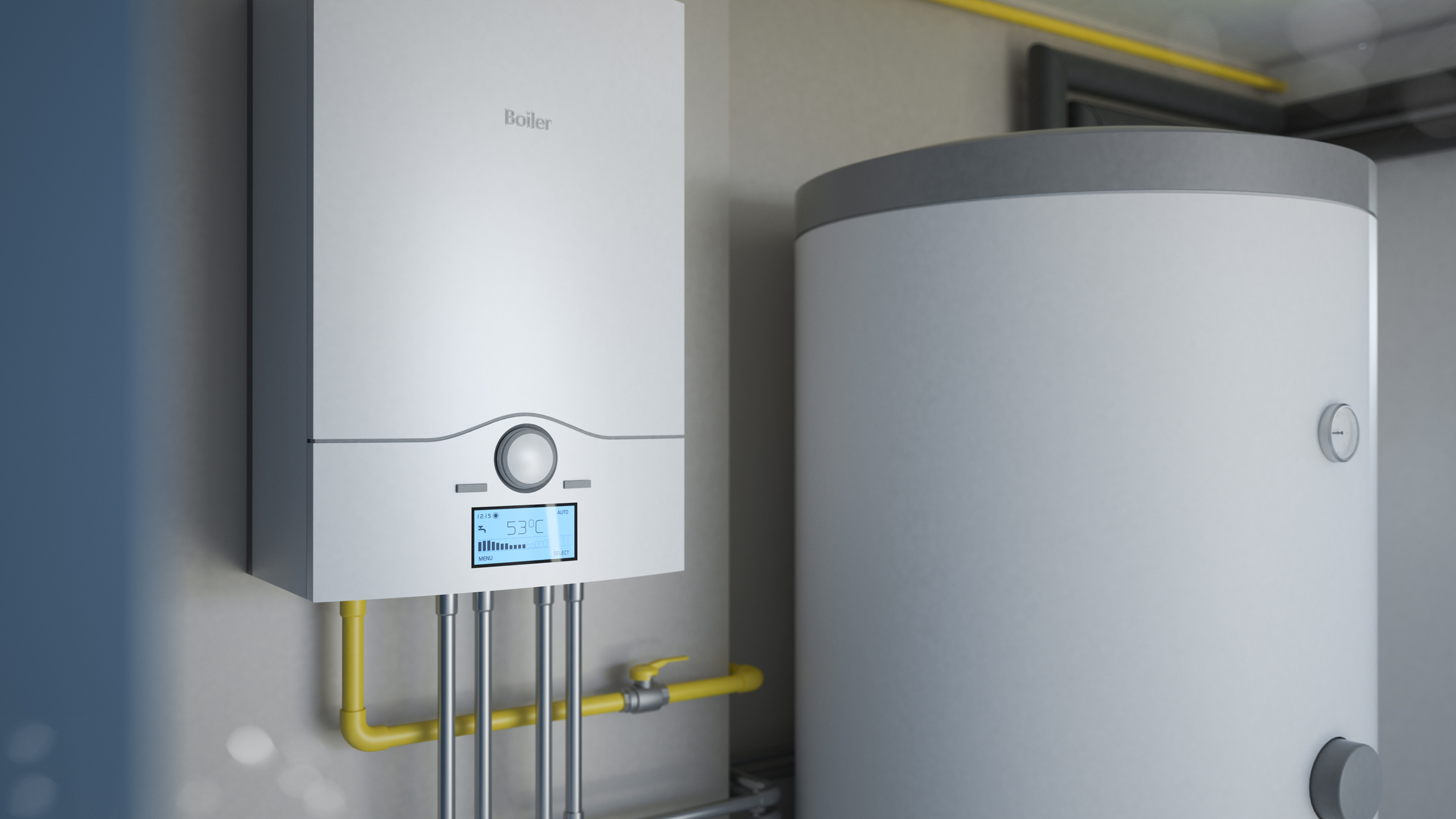Tips on How to Maintain Your Home's Hot Water System in Good ConditionSteps to Properly Care for Your Home's Hot Water SystemTips on How to Keep Your Home's Hot Water System in Good Condition
Tips on How to Maintain Your Home's Hot Water System in Good ConditionSteps to Properly Care for Your Home's Hot Water SystemTips on How to Keep Your Home's Hot Water System in Good Condition
Blog Article
The article author is making several good pointers on Tips For Maintaining Your Hot Water Heater overall in this post followed below.

Hot water is necessary for everyday convenience, whether it's for a rejuvenating shower or washing recipes. To ensure your warm water system runs effectively and lasts much longer, regular upkeep is essential. This article supplies practical pointers and insights on just how to preserve your home's warm water system to stay clear of disruptions and expensive repairs.
Introduction
Preserving your home's warm water system might seem daunting, but with a couple of simple actions, you can ensure it operates efficiently for years to find. This overview covers every little thing from understanding your hot water system to do it yourself upkeep tips and knowing when to employ professional assistance.
Value of Maintaining Your Hot Water System
Normal maintenance not only prolongs the life-span of your warm water system yet also ensures it runs efficiently. Neglecting maintenance can bring about lowered efficiency, greater energy expenses, and also early failing of the system.
Indicators Your Warm Water System Requirements Upkeep
Understanding when your hot water system requires interest can stop major issues. Look out for signs such as inconsistent water temperature, weird sounds from the heating system, or corroded water.
Comprehending Your Hot Water System
Prior to diving right into upkeep tasks, it's valuable to comprehend the fundamental elements of your hot water system. Commonly, this consists of the hot water heater itself, pipes, anode rods, and temperature controls.
Monthly Upkeep Tasks
Normal month-to-month checks can assist capture minor issues before they escalate.
Flushing the Hot Water Heater
Purging your hot water heater eliminates sediment buildup, improving efficiency and lengthening its life.
Monitoring and Replacing Anode Rods
Anode rods prevent deterioration inside the container. Checking and replacing them when worn out is critical.
Evaluating and Changing Temperature Settings
Readjusting the temperature level settings guarantees optimal efficiency and security.
Do It Yourself Tips for Maintenance
You can perform numerous upkeep tasks on your own to keep your hot water system in leading condition.
Looking for Leaks
Routinely evaluate pipes and connections for leakages, as these can cause water damage and greater expenses.
Evaluating Stress Relief Valves
Testing the stress relief valve guarantees it works correctly and protects against extreme pressure build-up.
Protecting Pipes
Shielding hot water pipelines reduces warm loss and can save power.
When to Call an Expert
While do it yourself maintenance is beneficial, some concerns need expert experience.
Complicated Issues Needing Professional Aid
Examples consist of significant leaks, electric problems, or if your hot water heater is consistently underperforming.
Regular Professional Upkeep Benefits
Expert upkeep can include detailed evaluations, tune-ups, and making certain compliance with safety and security requirements.
Verdict
Regular upkeep of your home's hot water system is important for effectiveness, longevity, and expense savings. By adhering to these tips and understanding when to look for professional assistance, you can make sure a reliable supply of hot water without unforeseen interruptions.
Water Heater Maintenance Tips
Test the TPR Valve
Shut off the power and the cold-water supply valve. Place a bucket under the pipe connected to the temperature-pressure-release (TPR) valve on the top or side of the tank. (This valve opens if the tank pressure gets too high.) Lift the valve’s tab to let some water out, then let go. If water keeps flowing, drain the tank partway, unscrew the old valve with a pipe wrench, and install a new one. Check the Anode Rod
Put a hose to the tank’s drain cock and let out a few gallons of water. Now fit a 1 1/16-inch socket onto the rod’s hex head on top of the heater (or under its top plate) and unscrew the rod. If it’s less than ½ inch thick or coated with calcium, buy a new one, wrap its threads with Teflon tape, put it back in the tank, and tighten securely. Use this segmented rod if headroom above the tank is limited. Drain the Tank and Wash Out Sediment
Drain the remaining water in the tank into the bucket, then stir up the sediment on the tank’s bottom by briefly opening the cold-water supply valve. Drain and repeat until clean water comes out of the hose. Close the drain cock, refill the tank, and turn its power back on. Adjust the Temperature
Find the temperature dial on the side of the tank and unscrew its cover. Adjust the dial to 120 degrees using a flathead screwdriver. For every 10 degrees the temperature is lowered, you can expect to save up to 5 percent in energy costs. Turn the water heater off or the thermostat down to its lowest setting if you plan to be away from home for more than three days. Insulate the Pipes
Buy some self-sticking 3/8-inch-thick foam pipe insulation that matches the pipes’ diameter. Slide the foam over the hot-and cold-water pipes as far as you can reach. Insulating the cold-water pipe prevents condensation in summer. Peel the tape and squeeze the insulation closed. If the pipe is 6 inches or less from the flue, cover it with 1-inch-thick unfaced fiberglass pipe wrap. https://www.thisoldhouse.com/plumbing/21016402/how-to-maintain-a-water-heater

As a keen reader on Water Heater Maintenance Tips You Can't Afford to Forget, I assumed sharing that excerpt was a good idea. Sharing is good. You just don't know, you may be doing someone a favor. Kudos for your time. Kindly come visit our blog back soon.
Call Today Report this page